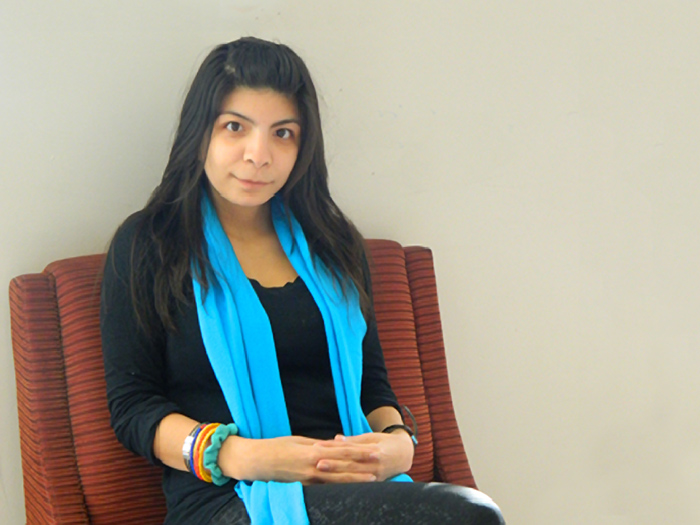
Michal Kruk stands in front of the gas adsorption analyzer, which allows one to determine the surface area and pore size distribution of solid porous materials. Kruk uses these instruments extensively in his research.
The United Nations Educational, Scientific, and Cultural Organization (UNESCO) and the International Union of Pure and Applied Chemistry (IUPAC) have declared that 2011 is the International Year of Chemistry.
One of the many special events being held this year is the publication of the Top 100 Chemists, 2000-2010, Special Report on High-Impact Chemists by Thomson Reuters.
Dr. Michal Kruk, Associate Professor of Chemistry at the College of Staten Island, received the distinction of being included on this list, which celebrates the scientists who have achieved the highest citation impact scores (number of citations per paper) for chemistry papers published since January 2000.
Thomson Reuters, one of the most reputable agencies that compiles rankings in the sciences, measures the impact of all chemistry papers published by each scientist. According to Thomson Reuters, “Citation impact is a weighted measure of influence that seeks to reveal consistently superior performance.”
Dr. Kruk was ranked 72nd on the list with an impact score of 61.39 (the average for chemists over that span was 11.07). Approximately one million chemists were recorded in the journal publications indexed by Thomson Reuters during the last decade.
Dr. Kruk was modest upon hearing of his placement in the ranking, saying that he “did not expect such recognition” and considered the achievement a “great distinction.” He was also quick to credit his colleagues and students, “I have worked with a number of excellent scientists.”
Dr. Michal Kruk received his MS degree in Chemistry from Maria Curie-Sklodowska University in Lublin, Poland in 1994 under the guidance of Dr. Andrzej Patrykiejew. His PhD dissertation in Chemistry under the guidance of Dr. Mietek Jaroniec was defended at Kent State University (Kent, OH) in 1998. Dr. Kruk continued working with Dr. Jaroniec as a postdoctoral fellow from 1998 to 2003, after which he joined Carnegie Mellon University (Pittsburgh, PA) for two years, working with Drs. Krzysztof Matyjaszewski and Tomasz Kowalewski as advisers.
Dr. Kruk, whose work is supported by grants from the Petroleum Research Fund (PRF) and the National Science Foundation (NSF), joined CSI as an Assistant Professor in September 2005 and has been actively involved in research, teaching, and service to CSI and the scientific community. “The faculty as well as the administration of CSI and CUNY were very supportive of my research program,” he said.
The focus of Dr. Kruk’s research is primarily on high-surface-area nanoporous materials with pores from two to 50 nanometers (nm) in diameter, which are arranged in ordered arrays, much like microscopic honeycombs. The surface area of these solid materials measures several hundred square meters per gram, the equivalent to a basketball court in one gram of material.
This area of work is of significant interest due to the fact that these materials can be used in the removal of toxic substances from water and air, energy storage, electronics, and the controlled release of therapeutic substances. At CSI, Dr. Kruk, along with two postdoctoral fellows, five graduate students, and about 20 undergraduate students, has been working on the synthesis of these materials as well as their functionalization.
An important aspect of earning this achievement is that it “gives exposure to the remarkable research that takes place at CSI, and in our Chemistry Department in particular,” noted Dr. Kruk, who is enthusiastic about his future work at CSI. “The College of Staten Island has been a great place to advance research with bright and extremely dedicated students.”
View the Top 100 Chemists, 2000-2010, Special Report on High-Impact Chemists.














